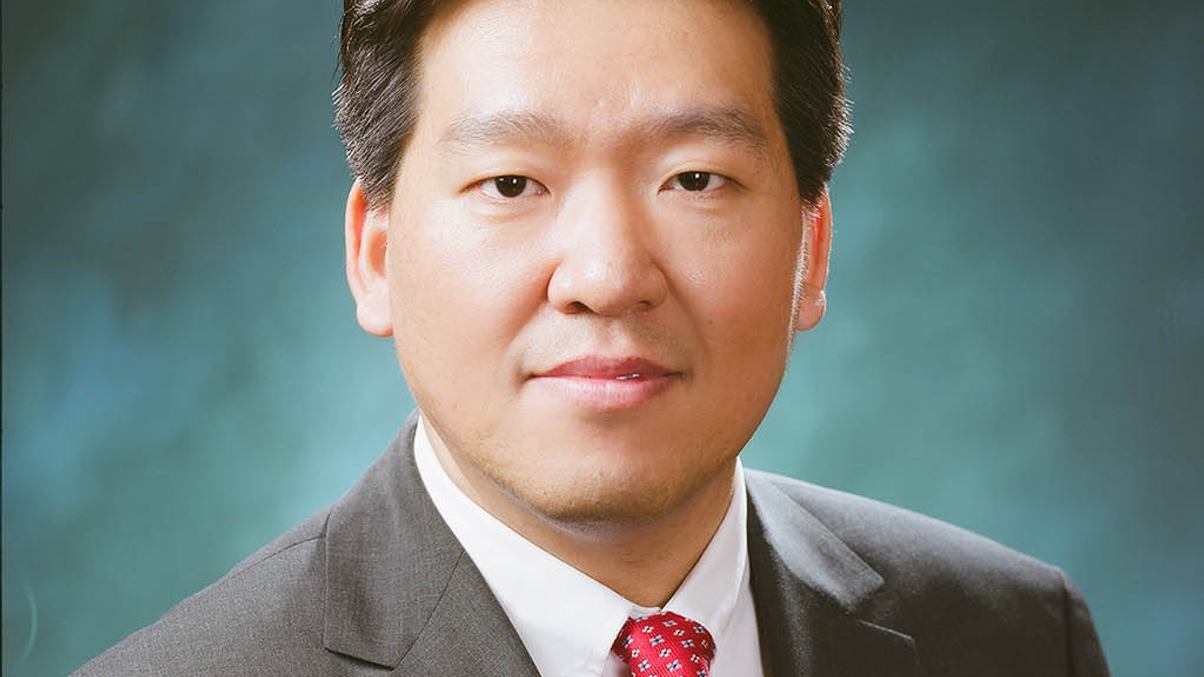Alternative investments in the 'new normal': Part I
In a letter to AsianInvestor, the chief performance officer of Korea Post, Jurng Chuljoong, outlines where he sees investment opportunities in real assets.

Korea Post’s chief performance officer is Jurng Chuljoong. In a letter to AsianInvestor, he details his views on alternatives and where he sees investment opportunities. These are his personal views and do not necessarily reflect those of Korea Post.
Sign in to read on!
Registered users get 2 free articles in 30 days.
Subscribers have full unlimited access to AsianInvestor
Not signed up? New users get 2 free articles per month, plus a 7-day unlimited free trial.
¬ Haymarket Media Limited. All rights reserved.


